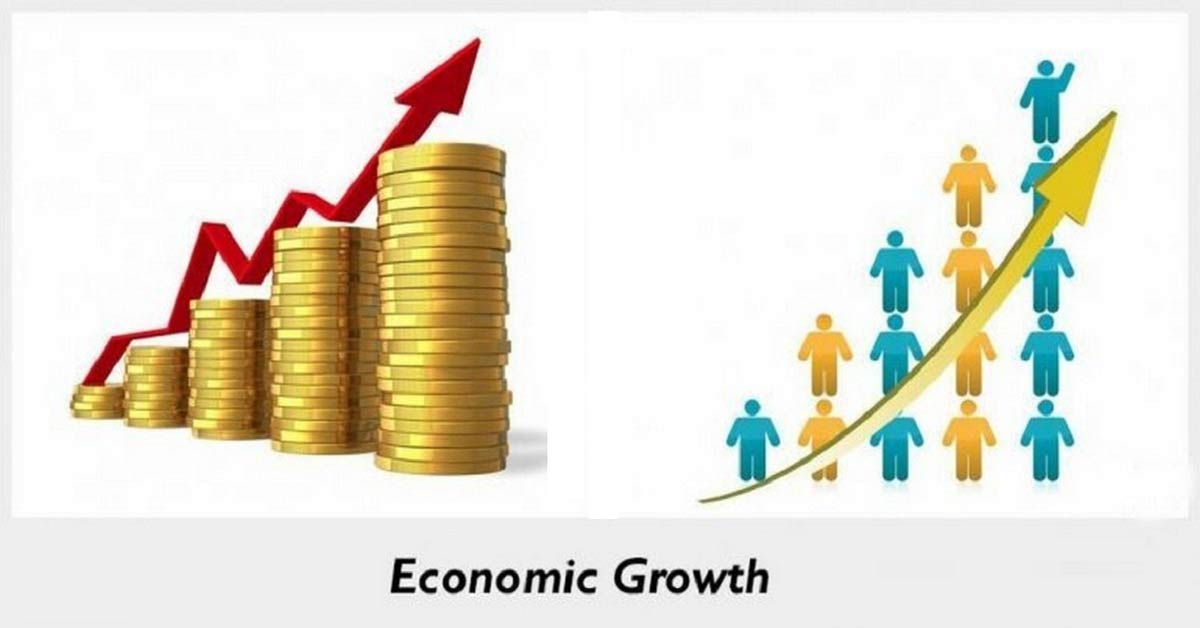
The World Bank has estimated that Nepal's economic growth rate will be 5.8 percent in 2022. According to the 'Nepal Development Update, October 2022' report, the World Bank has estimated that Nepal's gross domestic product (GDP) will increase by 5.8 percent this year based on constant market prices.
The World Bank forecasts that the GDP will increase by 5.1 percent in 2023 and 4.9 percent in 2024.
The bank has estimated that Nepal's price growth rate, i.e. inflation rate, will be 6.3 percent in 2022. The World Bank estimates that the price increase will be 5.5 percent in 2023 and 5.3 percent in 2024. The government has also set a target of limiting the price increase to 7 percent. The World Bank estimates that the growth rate of the industrial sector will be the highest this year among Nepal's agriculture, industry and service sectors.
The World Bank estimates that in 2022, the growth rate of the agricultural sector will be 2.3 percent, the growth rate of the industrial sector will be 10.2 percent, and the growth rate of the service sector will be 5.9 percent.
Earlier, the International Monetary Fund (IMF) published the report 'World Economic Outlook: Countering the Cost of Living Crisis' last week and estimated that the economic growth rate of Nepal in 2022 will be 4.2 percent.
The government of Nepal is aiming to achieve an economic growth rate of 8 percent for the financial year 2079-80.
The government has said that the economic growth rate of Nepal will reach only 4.1 percent in FY 2078/79. Last May, the Central Statistics Department predicted that the economic growth rate would reach 5.84 percent.
In the last financial year, the World Bank, the International Monetary Fund and other agencies had predicted an average growth rate of 4 percent for the financial year.
The World Bank estimates that the inflation rate of 2022 will be 6.3 percent. Through the budget of the current financial year, the government has projected to keep the price increase within the desired limit of 7 percent.
The World Bank forecasts that the price increase will be 5.5 percent in 2023 and 5.3 percent in 2024. Through the budget of the current year 2079-80, the government aims to keep the price increase within the desired limit of 7 percent.
The World Bank has also estimated that the growth rate of the industrial sector will be high this year among agriculture, industry and service sectors. In 2022, it is estimated that the growth rate of the agricultural sector will be 2.3 percent, the growth rate of the industrial sector will be 10.2 percent, and the growth rate of the service sector will be 5.9 percent. In 2023, the growth rate of these sectors is estimated to increase by 2, 8.9 and 5.6 percent respectively.
It is estimated that exports of goods and services will increase by 35 percent and imports by 15 percent in 2022. In the years 2023 and 2024, exports are projected to increase by 20.23 and 18.04 percent respectively.
It is estimated that the import growth rate for the next two years will be 3.9 percent and 4.1 percent.
Meanwhile, the World Bank has suggested the government to open the ban on imports. During the publication of the 'Nepal Development Update' report that the World Bank publishes every year, it has suggested policies that should be implemented immediately.
The World Bank has said that as an alternative to import restrictions, the policy interest rate should be increased based on needs, and the re-loan facility should be reduced.
Similarly, the government has also been suggested to impose value added tax in some areas where excise and customs rates are imposed.
It has been suggested that the spending capacity of the local level and the state should be increased, domestic consumption of electricity should be increased, regional cooperation with India and Bangladesh should be done to bring investment in electricity, and policy reform should be done to bring foreign direct investment.
The World Bank has also said that we should be sure that Nepal's situation is not like that of Sri Lanka. World Bank economist Alice J. Brooks said that although the balance of payments has been under pressure due to the high growth in demand after Covid-19, the balance of payments has been under pressure.
She said that the debt of the government is 42 percent of the GDP, and the situation is improving as the foreign exchange reserves have returned to meet seven months of goods and imports as imports are decreasing.
The World Bank has mentioned that Nepal's imports have increased due to the increase in the prices of petroleum products and other commodities in the international market due to the Russia-Ukraine war. This has also affected the consumer price increase.
The World Bank has made it clear that Nepal is not like Sri Lanka. Indicating that Nepal's public debt is only 41.1 percent, but Sri Lanka's debt is 100 percent, the World Bank has also claimed that the economy is trending in a positive direction recently.
Faris Hazad Jervos, country director for Nepal, Sri Lanka, and Maldives of the World Bank, also asked to be sure that Nepal will not be like Sri Lanka.
Similarly, the World Bank has also suggested that the internal revenue system should be strengthened, and for that, Value Added Tax (VAT) should be imposed in some areas where excise duty and customs rates are imposed.





